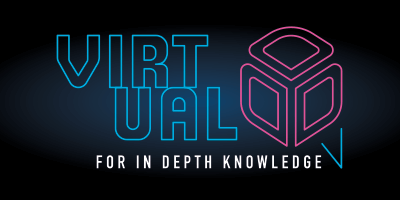
by Organisers @virtualddd | Oct 23, 2025
Augment formal decision records, like ADRs, with qualitative data about the human element. Include fields for the team's sentiment, confidence level, or readiness to commit to the decision. This provides crucial context for future reviews and helps gauge the true...

by Organisers @virtualddd | Oct 23, 2025
Document each decision as a distinct, immutable record, such as an Architectural Decision Record (ADR). A subsequent choice that alters a previous one should be a new, separate record that explicitly supersedes the original. This maintains a clear historical log and...

by Organisers @virtualddd | Oct 13, 2025
After a decision is made, allow dissenting members to express their concerns freely without becoming defensive. Then, shift the conversation by asking, “What do you need to go along with this decision?” This validates their perspective while focusing on a constructive...

by Organisers @virtualddd | Oct 13, 2025
Instead of relying on theoretical pros and cons, assign a task to build a small, real feature using each competing technology. This provides concrete, context-specific data and direct experience for the team to base their decision on. It moves the discussion from...

by Organisers @virtualddd | Sep 29, 2025
Decisions are made based on the context at a specific point in time, such as team size or available technology. Documenting this original context allows you to determine if it has changed enough to justify revisiting the decision. This prevents historical choices from...






